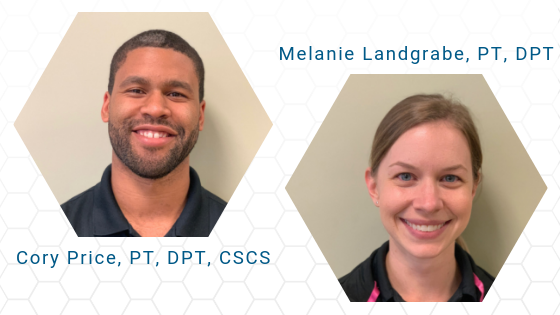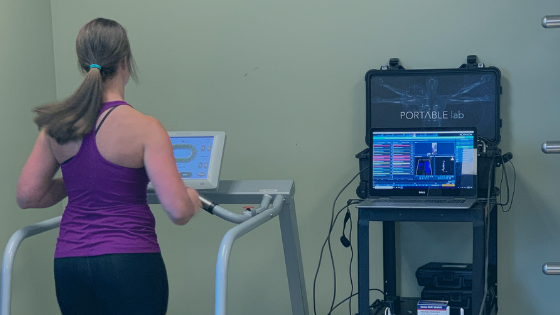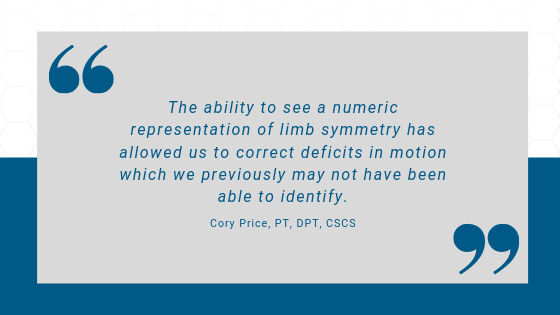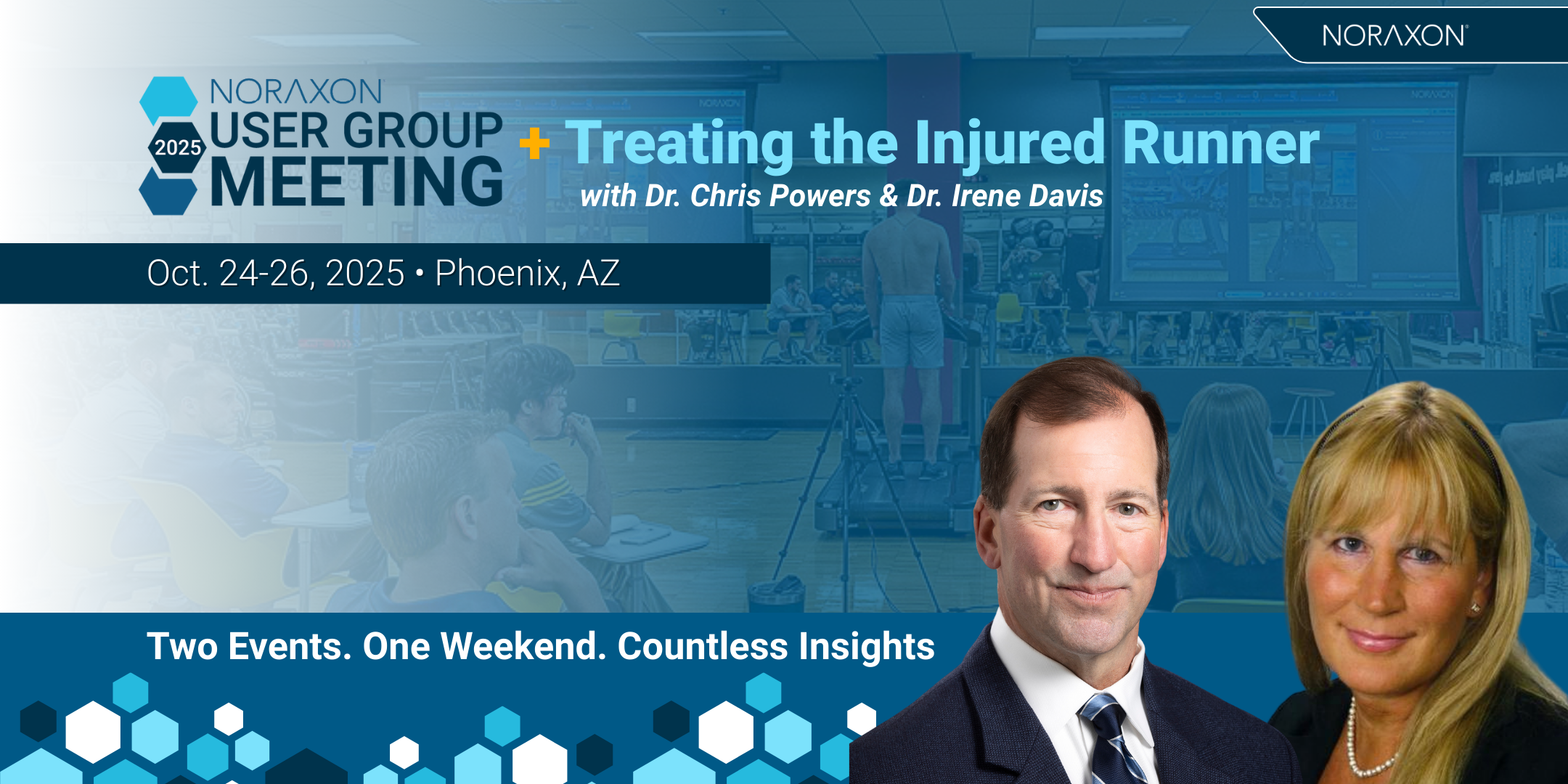
Who: Don’t let the size of the facility fool you, Cory Price and Melanie Landgrabe are two DPTs making fast moves to advance how they evaluate their patients. Seeing patients in the high rise that is Orlando Health Rehabilitation Institute’s outpatient orthopedic clinic means working closely with the sports medicine physicians to determine how appropriate it is for their patients to return to sport after operative and non-operative injuries. The pair bring valuable information to the decision table by providing numerical representations of movement performance and progress.
What: Used daily, portable force plates, myoMOTION system, and high-speed video are employed to perform run-gait analyses and functional movement pattern testing. According to Price, “We have really enjoyed the multi-activity recording options. It allows you to build your own timed protocol into the data collection. It has allowed us to be more standard across the practice with data capture.” The point of interest report has proven valuable to Landgrabe and Price to effectively communicate reporting to physicians and highlight indicators of progress throughout patient rehabilitation process. The report “allows us to identify important sections of the movement pattern and pull the data quickly,” says Price.


What will they measure next: Standardizing measures and creating criteria for return to sport testing is next on the docket for these two. “Our plan is to create a streamlined process for determining appropriateness of return to sport which can be easily presented to physicians and ultimately reduce risk of re-injury in the sport population,” explains Price. “Currently, there lacks a way to score the quality of these movements consistently.” This plan includes the use of video and IMU data to hone in on the joint kinematics during sprint and pivot tasks across all three planes of movement. No doubt these two will be fast moving in putting this plan to action.



